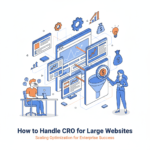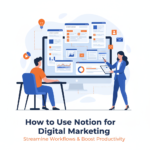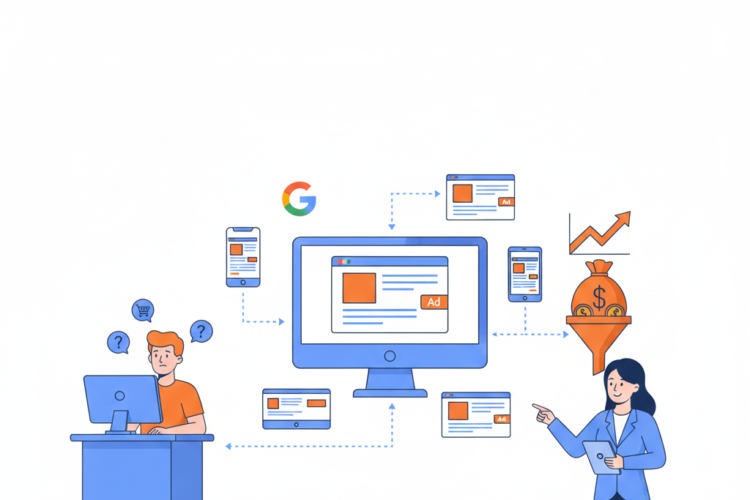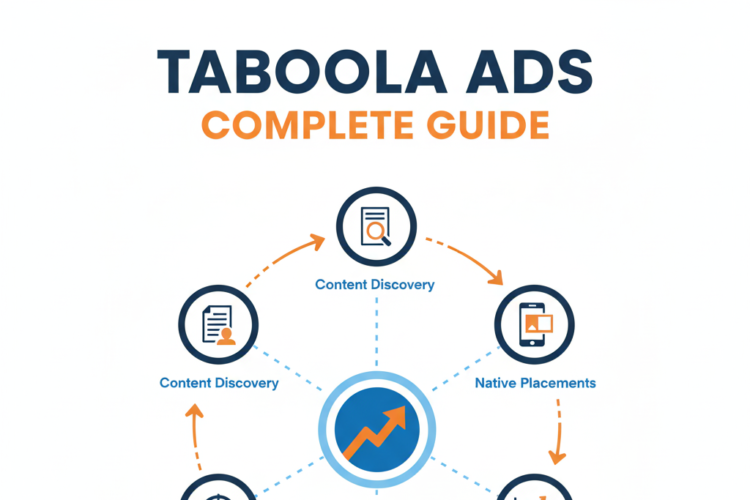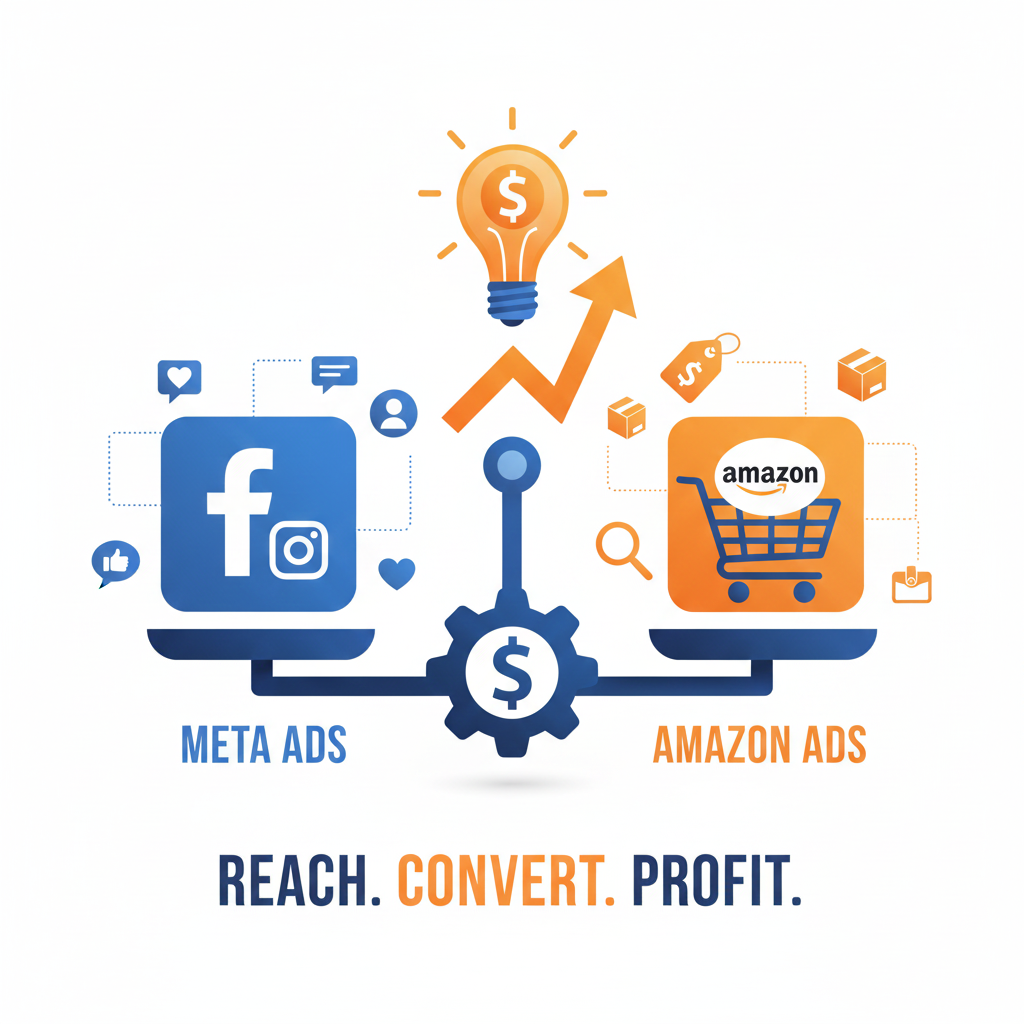
Meta Ads vs Amazon Ads: Which Platform Should best?
In the competitive world of digital advertising, Meta Ads (Facebook & Instagram) and Amazon Ads are two of the most powerful platforms available today. But they serve very different roles in the buyer’s journey — and choosing between them can determine the success (or failure) of your marketing campaigns.
This detailed guide will help you understand the strengths, limitations, strategies, audience types, and ROI differences between Meta Ads and Amazon Ads — so you can make an informed investment in 2025.
🧭 Table of Contents
Introduction: Different Platforms, Different Purposes
Overview of Meta Ads
Overview of Amazon Ads
Key Differences Between Meta Ads and Amazon Ads
When to Use Meta Ads
When to Use Amazon Ads
Budgeting and Bidding Comparison
Case Studies & Examples
Pros and Cons
Final Verdict: Which Should You Choose?
1. 📌 Introduction: Different Platforms, Different Purposes
| Platform | Focus | Stage of Funnel |
|---|---|---|
| Meta Ads | Social discovery & awareness | TOFU (Top of Funnel) |
| Amazon Ads | Buyer intent & product search | BOFU (Bottom of Funnel) |
While Meta Ads are designed to drive attention, brand discovery, and engagement, Amazon Ads are optimized for conversions and direct sales — especially for eCommerce and D2C brands.
2. 📱 What Are Meta Ads?
Meta Ads refer to all advertising on Meta platforms:
Facebook (News Feed, Marketplace, Stories)
Instagram (Feed, Reels, Stories, Explore)
Messenger
Audience Network
Key Features:
Detailed demographic and behavioral targeting
Visual ad formats (Image, Carousel, Reels, Video)
Retargeting and lookalike audiences
Excellent for lead generation and brand building
Cross-device, cross-platform engagement
Use Cases:
Launching a new product
Building email lists or leads
Storytelling for brand loyalty
Promoting webinars, downloads, or gated content
3. 🛒 What Are Amazon Ads?
Amazon Ads are designed to target shoppers inside the Amazon ecosystem — where people go with high purchase intent.
Ad Types:
Sponsored Products (within search results)
Sponsored Brands (banner with logo + 3 products)
Sponsored Display (retargeting outside Amazon)
Amazon DSP (programmatic display ads off-Amazon)
Key Features:
Keyword and ASIN targeting
Conversion-focused ecosystem
High buyer intent (already shopping)
Detailed retail analytics (ACoS, ROAS, etc.)
Ads shown in and beyond Amazon
Use Cases:
Selling directly on Amazon marketplace
Winning against competitor products
Launching new SKUs
Scaling retail media presence
4. ⚖️ Meta Ads vs Amazon Ads: Key Differences
| Criteria | Meta Ads | Amazon Ads |
|---|---|---|
| Intent | Discovery, awareness, interest | Purchase-ready buyers |
| Audience | Social media users | Shoppers, product searchers |
| Targeting | Demographic, behavior, lookalike | Keywords, shopping behavior, ASINs |
| Placement | Facebook, Instagram, Messenger | Amazon search, product pages, off-site |
| Formats | Video, image, carousel, stories | Product listings, banner, display |
| Conversion Tracking | Pixel, Meta Events, UTM | Direct sales within Amazon |
| ROAS | Often indirect or delayed | Easily attributable sales |
| Best For | D2C, services, apps, lead gen | eCommerce, retail, consumer goods |
5. 🟡 When Should You Use Meta Ads?
Meta Ads are ideal when your objective is:
Creating brand awareness
Reaching top-of-funnel users
Generating leads or app installs
Driving traffic to your website
Building custom and retargeting audiences
Running video storytelling or influencer-driven campaigns
Example:
A skincare brand wants to launch a new anti-aging product. They use Instagram Reels + Facebook Ads to:
Introduce the product
Drive users to a landing page
Capture email leads
Retarget warm audiences with testimonials
6. 🟢 When Should You Use Amazon Ads?
Amazon Ads are a no-brainer if you’re:
Selling physical products directly on Amazon
Competing in a crowded retail category
Trying to win Amazon SERP placements
Needing direct attribution and ROAS
Leveraging Amazon DSP for retargeting shoppers
Example:
A brand selling protein powders on Amazon uses:
Sponsored Products to target “whey protein isolate”
Sponsored Brands to feature 3 flavors
DSP to retarget those who viewed but didn’t buy
7. 💰 Budgeting & Bidding: Meta vs Amazon
| Aspect | Meta Ads | Amazon Ads |
|---|---|---|
| CPC | ₹5 – ₹30 (varies by industry) | ₹10 – ₹50 (keyword-dependent) |
| CPM | ₹50 – ₹300 | Varies based on display inventory |
| ROAS Attribution | Pixel + Offline Conversion Lag | Real-time in-Amazon sales data |
| Budget Strategy | TOFU → MOFU → BOFU funnel layering | Daily/ASIN-level control for ROI |
| Cost Efficiency | Better for awareness at scale | Better for high-intent conversions |
Amazon usually shows higher direct ROI, but Meta provides broader brand equity and long-term growth if layered well.
8. 🧪 Case Study Comparison
🧴 Meta Ads Case Study: D2C Skincare Brand
Goal: Generate leads and brand awareness
Strategy: Run Instagram Reels with influencer reviews
Budget: ₹1,00,000
Results:
3,000 leads at ₹33 CPL
8X increase in branded searches on Google
2.5X ROAS on retargeting campaigns
🎧 Amazon Ads Case Study: Electronics Seller
Goal: Dominate “Noise-canceling headphones” keyword
Strategy: Sponsored Products + Display retargeting
Budget: ₹1,00,000
Results:
₹4,50,000 in direct sales
20% increase in product reviews
ACoS: 22%, ROAS: 4.5X
9. ✅ Pros and Cons
Meta Ads
Pros:
Massive reach
Visual storytelling formats
Great for lead generation
Cheaper CPMs for awareness
Top-tier retargeting options
Cons:
Attribution challenges
Lower direct purchase intent
Learning curve for scaling creatives
Amazon Ads
Pros:
Extremely high purchase intent
Conversion-friendly platform
Accurate sales tracking
Product-focused ad formats
Cons:
Only useful for products on Amazon
Competitive keyword bidding
Little storytelling opportunity
Less control over branding
🔍 Final Verdict: Which One Should You Choose?
| Business Type | Platform Recommendation |
|---|---|
| D2C launching new products | Start with Meta Ads, scale to Amazon later |
| Brands already selling on Amazon | Double down on Amazon Ads |
| App, SaaS, Lead Generation | Meta Ads only |
| Multichannel Retailers | Combine Meta for awareness + Amazon for conversions |
| Local service business | Meta or Google Ads preferred |
🚀 Pro Strategy: Run Meta Ads for awareness and traffic, and retarget high-intent users with Amazon Sponsored Display or DSP for conversions. This full-funnel strategy ensures you don’t leave money on the table.
📌 Bonus: Use Both Platforms Together
Run Meta Ads for influencer content, UGC, and brand awareness.
Use Amazon Ads to dominate high-converting keywords and competitor placements.
Retarget Amazon page visitors using Meta Pixel and vice versa via Amazon DSP.
That’s the winning combo.
Author
